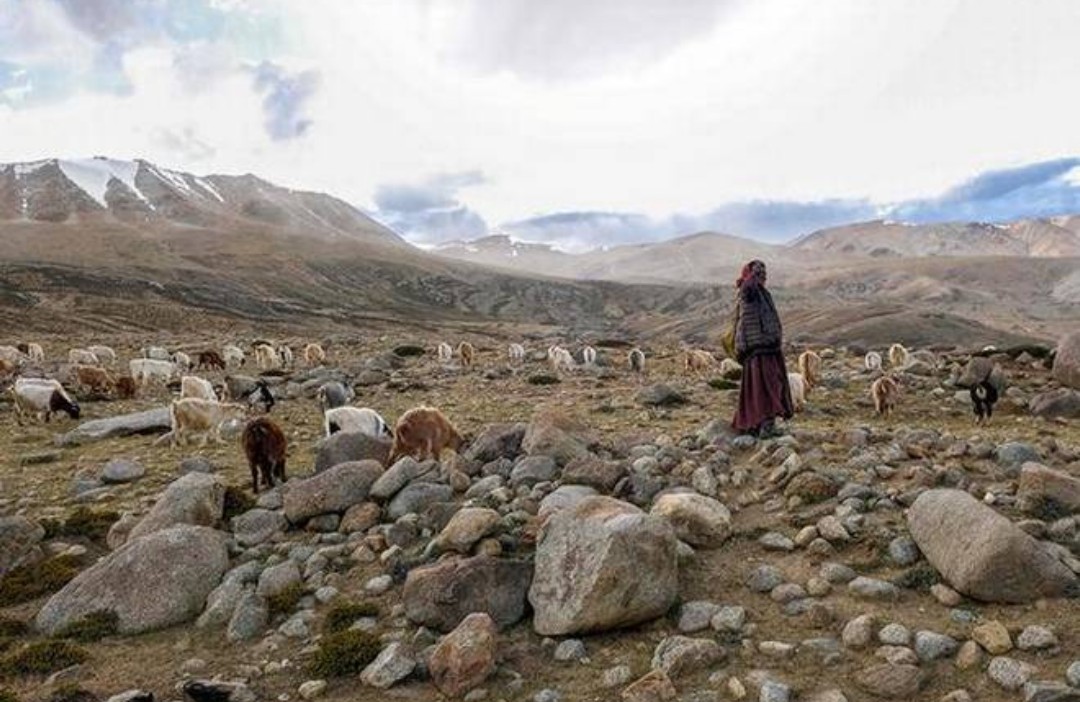Flocks of prized Pashmina goats hit as the LAC conflict has cut off crucial feeding grounds
The Chinese Army’s intrusion in Chumur and Demchok since January has left Ladakh’s nomadic herding Changpa community cut off from large parts of summer pastures.
The People’s Liberation Army has taken over 16 kanals (two acres) of cultivable land in Chumur and advanced around 15 km inside Demchok, taking over traditional grazing pastures and cultivable lowlands. This has destabilised the movement of over 2,000 members of the nomadic community. In a cascading effect, this has resulted in a sharp rise in deaths of young Pashmina goats this year in the Korzok-Chumur belt of Changthang plateau in Ladakh.
“Over 16 kanals of cultivatable land in Chumur’s Chabiji pasture has been inaccessible since January this year due to the aggression and incursions of Chinese Army there, destablising the annual seasonal migration of our livestocks, including yaks and Pashmina goats (also known as Cashmere). Timely migration is essential for their survival,” Gyurmet Dorjey, councillor from Korzok constituency bordering China, told The Hindu over the phone.
The much-valued wool from the Ladakh herds is essential for the prized Pashmina shawls woven in Kashmir and famous for their intricate hand work.
Since 2017, the vital winter grazing grounds of Guntcsay Phu-Tagapank Nak low-lying belt has witnessed heightened tension between the Indian and Chinese armies.
“Already 35 metres of grazing range has been encroached in the belt by the Chinese Army this year,” said Mr. Dorjey. The PLA, according to the villagers, has already stopped the centuries old nomadic movement to low-lying winter pastures on the otherwise fluid border or Line of Actual Control (LAC).
“The Chinese army used helicopters to maintain a vigil on grazers in Chuchol-Gunso belt. Even the food stocks kept in shelters for seasonal migration was taken away. There is already a motorable road constructed opposite Chumur with a nallah (stream) in between,” he added.
The villagers claim the shrinking of grazing pastures is impacting their prized Pashmina herds this year and the mortality among the newborns has gone up. “Around 70-80% of the kids are finding it hard to survive,” Mr. Dorjey said.
The Chushol-Demchok-Chumur belt border areas are home to the maximum number of Pashmina goats, which graze at altitudes above 13,000 feet, and the belt contributed 25 to 30 tonnes out of 45-50 tonnes of the finest wool produced annually in Ladakh.
With inputs from The Hindu

